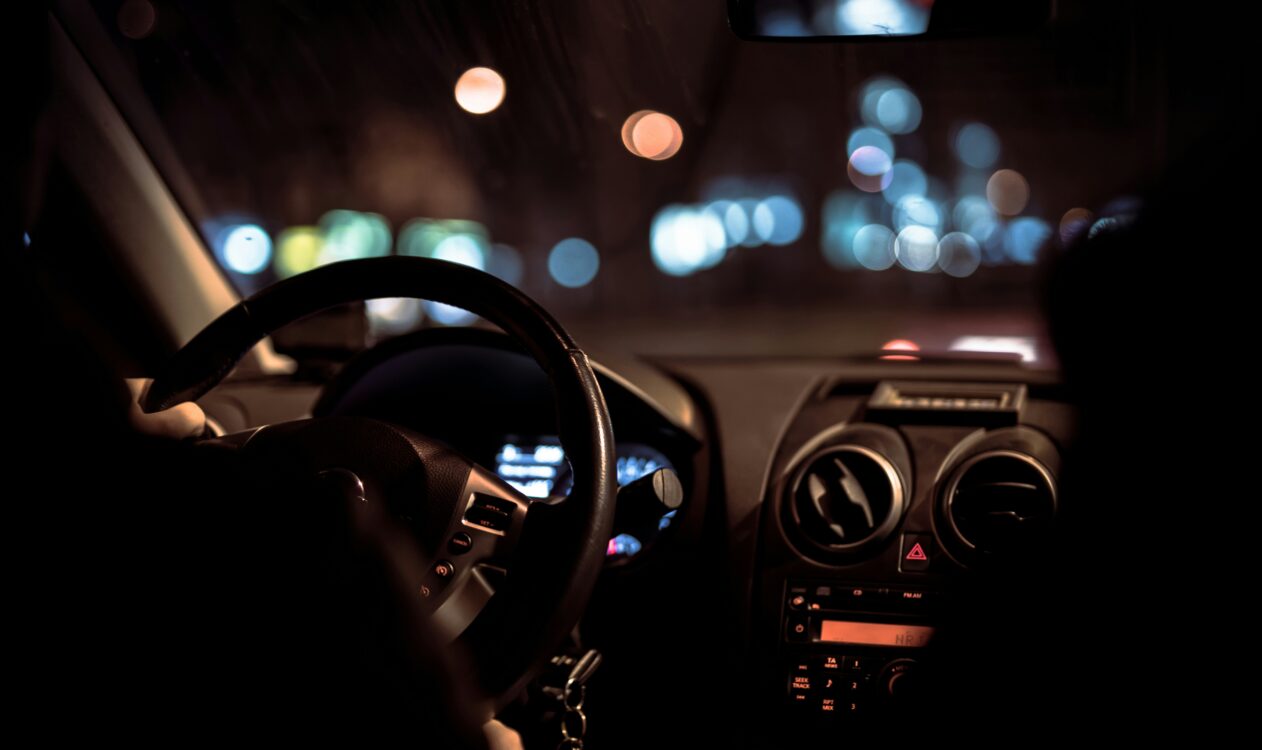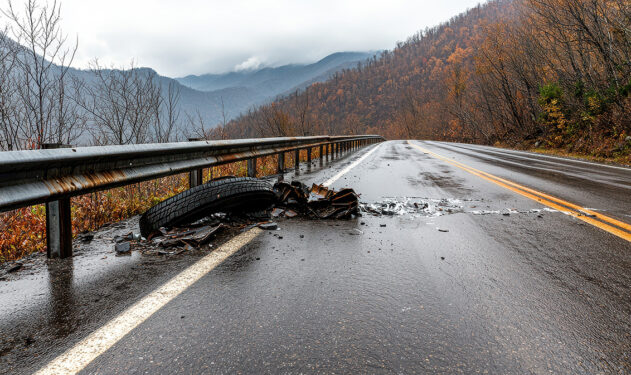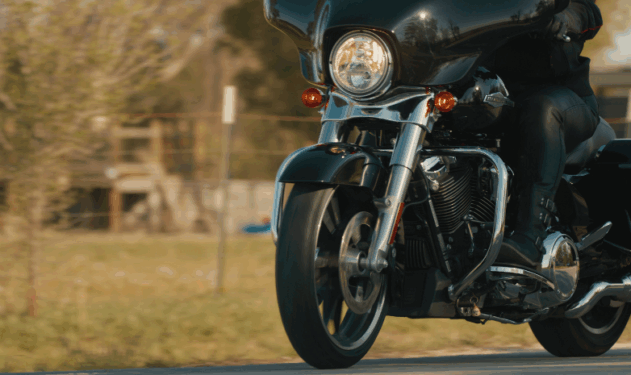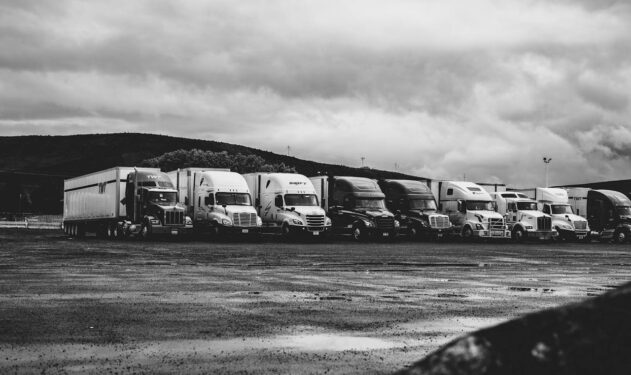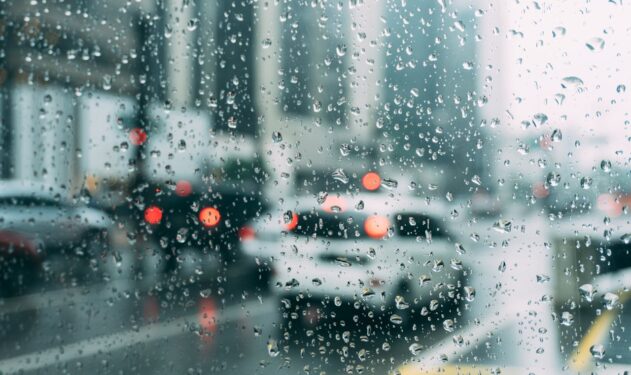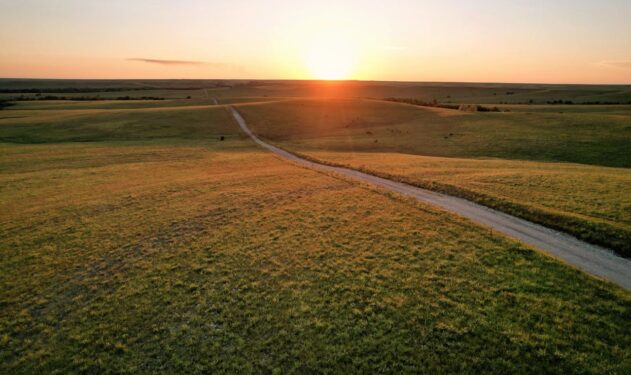Intersections are critical points in traffic systems where multiple roads converge, making them inherently risky for drivers, cyclists, and pedestrians.
With vehicles of all sizes driving in different directions and competing for right of way, intersections are often hotspots for crashes.
Frequency of Intersection Accidents
Intersection accidents are alarmingly common. According to data from the Federal Highway Administration (FHWA), approximately 50% of all traffic injuries and 25% of fatalities happen at or near US intersections each year. These numbers grow even higher on urban streets, where the intersections are more crowded, and the volume of traffic is greater.
The high frequency of vehicle accidents at intersections often stems from the complexity of navigating these areas. Drivers must monitor multiple lanes, watch for traffic signals, yield to pedestrians, and anticipate the actions of other vehicles.
When even one element fails—due to human error or environmental factors—collisions can occur.
Why Are Intersections So Dangerous?
Several factors contribute to the dangers of intersections. While some issues stem from driver behavior, others relate to road design or external conditions.
Human Error
Driver behavior is the leading cause of intersection accidents. Common mistakes include:
- Failing to yield the right of way.
- Running red lights or stop signs.
- Misjudging how fast oncoming traffic is when making left turns.
- Driving while distracted, such as texting, eating, or talking on a phone.
These errors often result in side-impact crashes, also known as “T-bone” collisions, which can be particularly severe due to the lack of protection on a vehicle’s side.
Traffic Volume
Intersections in busy areas see a great number of vehicles, cyclists, and pedestrians, which increases the likelihood of accidents. Things like rush hour traffic and peak travel days only worsen the problem, as drivers can get impatient or aggressive, leading to dangerous driving decisions.
Poor Visibility
Limited visibility can make intersections even more dangerous. Factors like parked cars that block views, insufficient lighting, or bad weather can make it difficult for drivers to see other vehicles, pedestrians, or traffic signals in time to avoid a collision.
Complexity of Navigation
Some intersections are just poorly designed and offer confusing layouts or unclear signage. These intersections often have multiple lanes of traffic, unprotected left-turn signals, or traffic lights spaced closely together, all of which can overwhelm drivers and increase the likelihood of mistakes.
Common Accidents at Intersections
Intersection accidents can take many forms, depending on the circumstances and vehicles involved. Some of the most common include:
- Rear-End Collisions: This is one of the most common types of crashes, when a vehicle stops suddenly at a traffic signal or stop sign, and the vehicle following hits its rear end.
- Side-Impact Collisions: These crashes, sometimes called “T-bone” accidents, happen when a vehicle is struck on its side, typically due to a driver running a red light or stop sign.
- Head-On Collisions: While less common, head-on crashes can happen at intersections when drivers turn into the wrong lane or fail to see oncoming traffic.
- Pedestrian and Cyclist Accidents: Intersections are shared spaces, and when vehicles fail to yield to pedestrians or cyclists, it often leads to serious injuries.
Who’s Most at Risk?
Some groups of people are at higher risk of being hurt in intersection accidents than others. Pedestrians and cyclists are at significant risk, as they lack the protection afforded by a vehicle. Elderly individuals and young children, who may move more slowly or struggle to judge traffic patterns, are also at greater risk.
Drivers who are distracted, inexperienced, or under the influence of alcohol or drugs are more likely to be involved in intersection accidents. Additionally, motorcyclists are struck by motorists in greater numbers due to their smaller size, which makes them less visible to other drivers, as well as the lack of protection that a larger vehicle typically provides.
Intersection Accidents and Road Safety
Intersection accidents account for a large portion of traffic injuries and deaths and are a major piece of the larger road safety puzzle.
By addressing intersection safety in a way that includes driver education, traffic law enforcement, and improvements in road infrastructure, we can reduce intersection accidents, and the overall number of people hurt in road incidents.
Intersection accidents are a common and dangerous part of our everyday driving, but with greater awareness and by investing in proactive measures, we can help reduce how often these accidents happen. Recognizing the risks and prioritizing safety at intersections can prevent serious injuries and save countless lives.
If you or a loved one have been hurt in an intersection accident, the experienced personal injury lawyers at Prochaska, Howell & Prochaska LLC can help you find answers to your questions and justice for your injuries.


